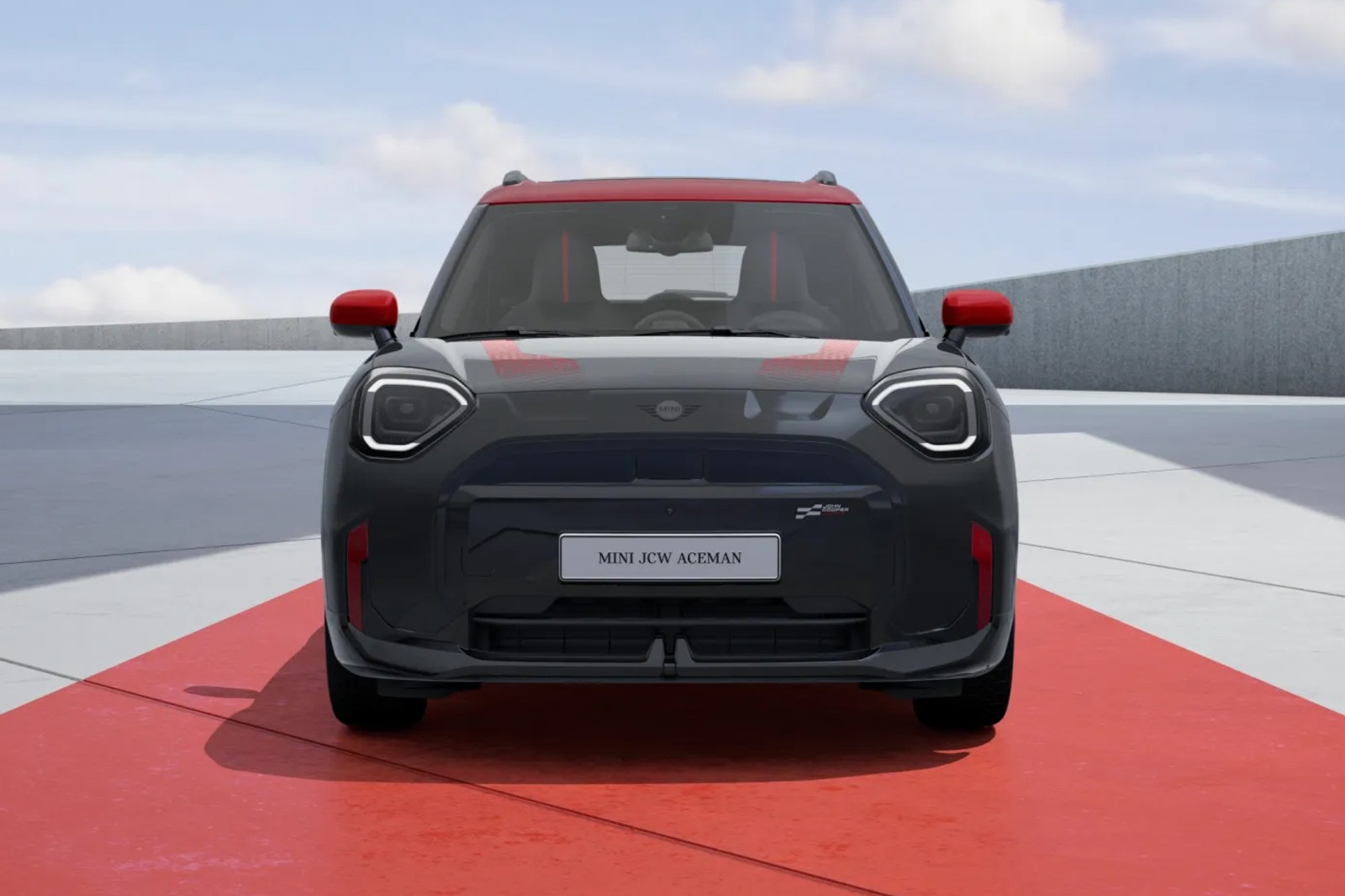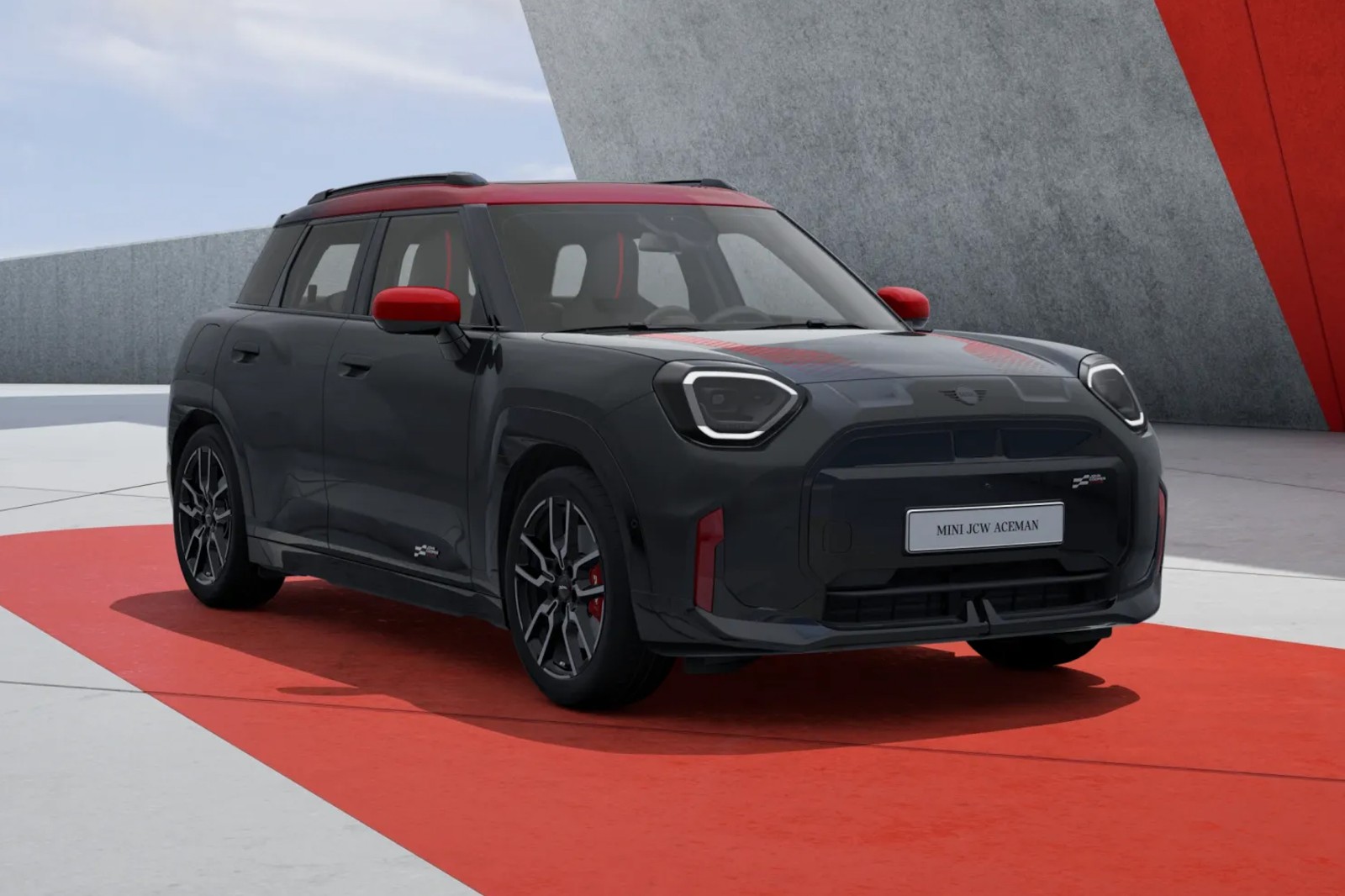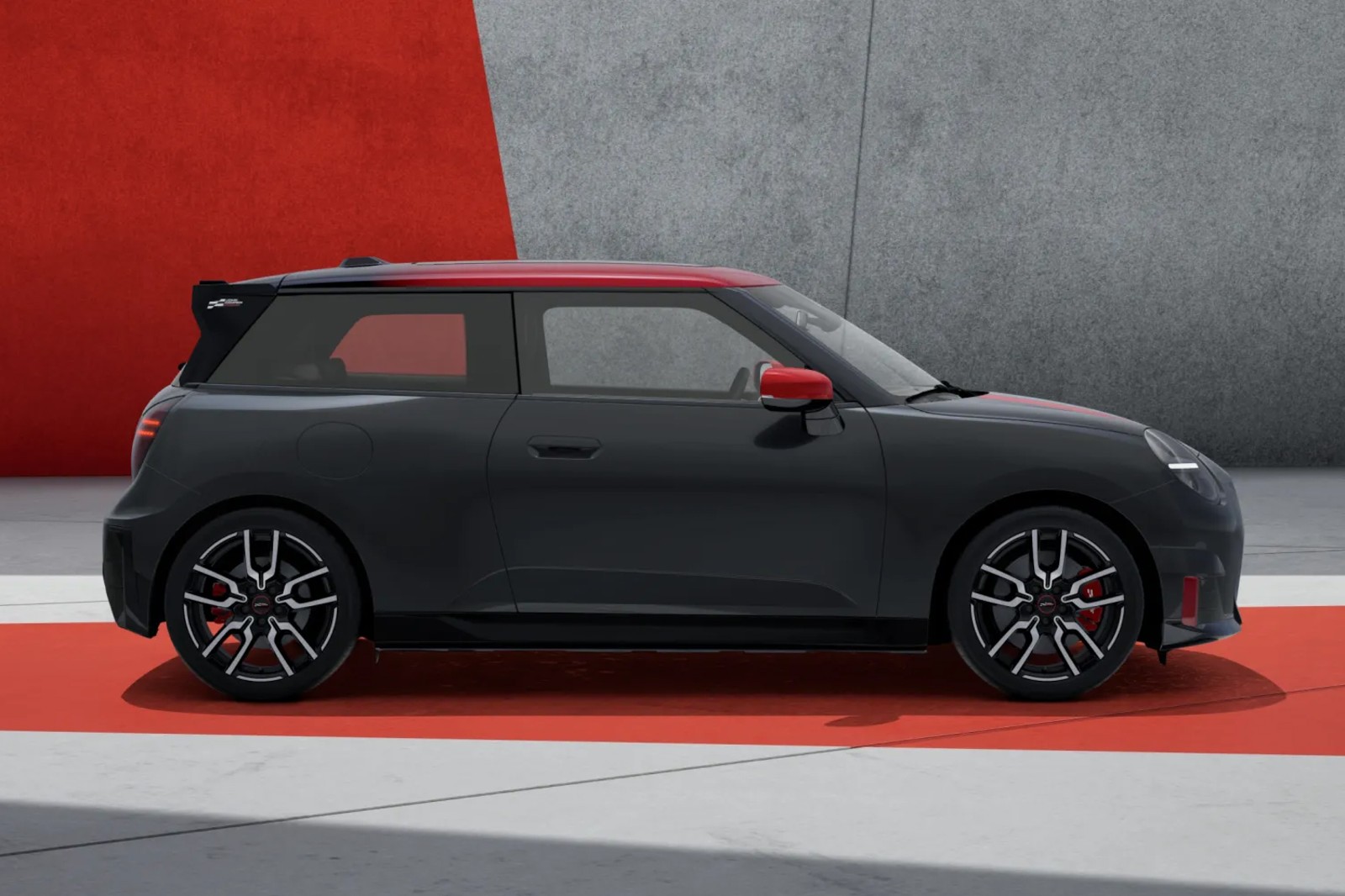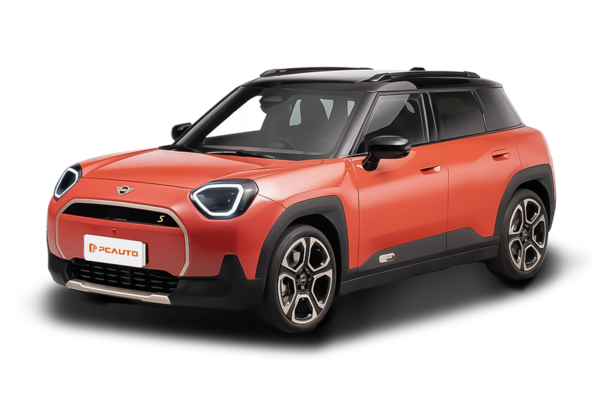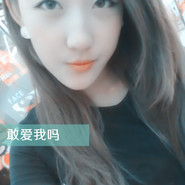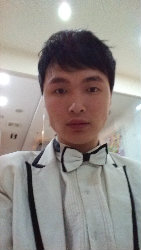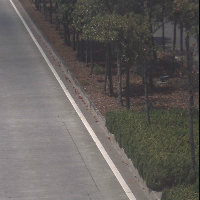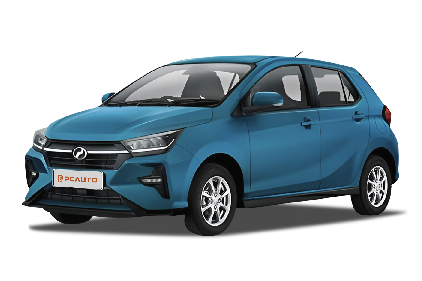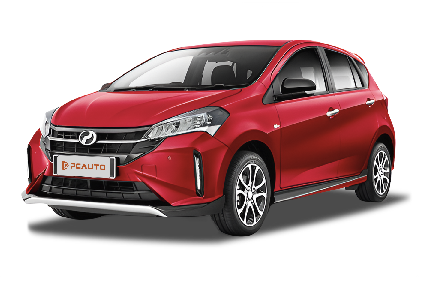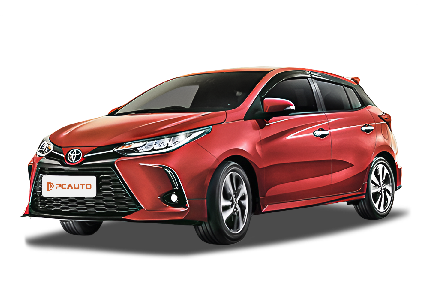Q
How many miles can a Subaru Crosstrek travel?
The Subaru Crosstrek has built a solid reputation for being reliable and tough as nails. With proper care and regular maintenance, you're looking at clocking anywhere from 200,000 to 300,000 kilometers – and honestly, maybe even more. Of course, how far it goes depends a lot on how you drive, the roads you tackle, and how religiously you stick to maintenance schedules.
Now, here in Malaysia, where the weather's hot and humid, I'd recommend staying on top of oil changes, coolant flushes, and transmission fluid replacements. And don't sleep on checking your cooling system and rubber parts regularly – the climate can be pretty harsh on those, and keeping them in good shape will definitely help your Crosstrek go the distance.
Subaru's boxer engine and full-time AWD system are proven tech, no doubt, but they still need their regular TLC to perform at their best. Another thing to remember: when repairs are needed, opt for original or high-quality aftermarket parts. It might cost a bit more upfront, but it makes a huge difference in long-term durability.
If you're planning to keep your Crosstrek for the long haul, stick to the manufacturer's recommended service intervals like glue. Also, make it a point to have your chassis and suspension checked regularly. Malaysian roads can be pretty unforgiving, and those components tend to take a beating here.
All in all, treat your Subaru Crosstrek right with proper maintenance, and it'll reward you as a dependable ride that sticks with you for years to come.
Q
What is the Monthly Installment of Toyota Vios? See Here!
The monthly installment amount for the Toyota Vios depends on multiple factors, including the vehicle model configuration, loan term, down - payment ratio, and the interest rates offered by banks or financial institutions. Taking the Malaysian market as an example, the price of the Vios ranges from RM70,000 to RM90,000. If you choose a 70% loan with a 7 - year repayment period and assume an interest rate of around 3.5%, the monthly installment will fluctuate between approximately RM900 and RM1,200. It is recommended to consult Toyota - authorized dealers or banks for an accurate quote.
When planning your car - buying budget, apart from the monthly installments, you also need to account for long - term expenses such as insurance, road tax, maintenance, and fuel. For instance, as an economy sedan, the Vios is equipped with a 1.5L engine and a CVT transmission, which balances fuel efficiency and daily usability. Its average fuel consumption is about 6 - 7 liters per 100 kilometers, making it suitable for city commuting.
Moreover, Toyota offers a 5 - year unlimited - mileage warranty policy in Malaysia, which further alleviates the concerns of car owners regarding post - purchase maintenance. It is advisable to compare loan plans from different banks before buying a car and keep an eye out for low - interest or zero - down - payment promotions that may be available during promotional periods to optimize the overall cost of purchasing a car.
Q
How many litres does a 2024 Mazda CX-5 use per 100 km?
The 2024 Mazda CX-5's fuel efficiency in the Malaysian market varies depending on model configuration and driving conditions. According to official data, its combined fuel consumption ranges approximately between 6.5 and 7.5 liters per 100 kilometers. with specific figures depending on the engine type and drivetrain configuration. For instance, the front-wheel-drive version with a 2.0-liter naturally aspirated engine tends to be more fuel-efficient, while models equipped with a 2.5-liter engine or all-wheel drive may exhibit slightly higher consumption. Driving conditions in Malaysia, such as urban congestion or highway cruising, also influence real-world fuel economy. Owners are advised to assess their vehicle's performance based on personal driving habits and road conditions. Additionally, the Mazda CX-5 incorporates Skyactiv technology, optimizing fuel efficiency and power output while maintaining an excellent driving experience. This makes it a solid choice for Malaysian consumers seeking a balance between fuel economy and performance. Routine maintenance and details like tire pressure also affect fuel consumption, and regular servicing helps keep the vehicle in optimal condition.
Q
How heavy is a Jeep Wrangler?
The weight of the Jeep Wrangler varies depending on the model and configuration. Take the latest version, for instance – the two-door variant has a curb weight ranging roughly from 1,800 to 2,000 kilograms, while the four-door Unlimited trim tips the scales between approximately 1,900 and 2,200 kilos. This all hinges on factors like the engine type (think 2.0T turbo or 3.6L V6), drivetrain setup (4x4 or, less commonly, 4x2), and any added off-road hardware you might spec, such as heavy-duty suspension or a roll cage.
For Malaysian buyers, vehicle weight plays a big role in both fuel efficiency and handling. Especially in stop-start city traffic or when tackling off-road trails, that extra heft does nudge fuel consumption up a bit, but it also delivers better stability and torsional rigidity – handy for our country’s diverse road conditions. Then there’s the Wrangler’s body-on-frame construction and high-strength steel structure, which boost durability even further. That’s a major plus if you regularly encounter rough terrain or the challenging conditions that come with the rainy season.
If you’re thinking about picking one up, I’d recommend tailoring the specs to your actual needs. Heavy off-roaders might want to opt for beefier skid plates, while those using it mainly for city runs should probably prioritize the more fuel-efficient powertrain options.
Q
how much is perodua aruz in malaysia
The Perodua Aruz is a 7-seater SUV from Malaysia's very own Perodua. Over here in Malaysia, you're looking at a price tag roughly between RM62,500 and RM72,500, and of course, that depends on the trim and specs you go for. The 1.5 X variant, for example, is the more budget-friendly pick, while the 1.5 AV steps things up with nicer features like advanced safety systems and a touchscreen infotainment setup.
Under the hood, the Aruz packs a 1.5-liter Dual VVT-i engine, which delivers steady power and pretty good fuel economy – perfect for family duties. Its decent ground clearance and sturdy build also mean it holds up well across different road conditions, which is always a plus.
Another big selling point? Perodua's a local brand, so their after-sales network is pretty solid around here. That translates to lower repair and maintenance costs, and let's be real, that's a major reason a lot of Malaysian buyers lean towards the Aruz.
If you're in the market for a practical, value-for-money 7-seater SUV, the Aruz definitely deserves a spot on your shortlist. Do yourself a favor and swing by your nearest Perodua showroom for a test drive – it's the best way to get a feel for how it drives and check out all the little details of its features.
Q
Can the 2022 Honda Civic drive itself?
The 2022 Honda Civic available in Malaysia doesn't come with full self-driving capabilities, but it does pack Honda Sensing, their advanced driver-assistance suite (ADAS). This setup enables some automated helper features – think adaptive cruise control (ACC), lane keeping assist (LKAS), and traffic sign recognition (TSR). These tech tools are great for taking a bit of the edge off during highway drives or stop-and-go traffic, but let's be clear: the driver still needs to stay focused and ready to take over at a moment's notice.
Now, while these assist features are pretty sophisticated, they're not the same as full autonomy. The current Honda Civic in Malaysia sits at Level 2 on the autonomy scale. For Malaysian buyers, it's crucial to understand the limits here. For example, the system might not perform flawlessly on complicated city streets or in really bad weather, so staying alert behind the wheel is non-negotiable.
On top of that, Malaysia's traffic laws don't yet permit fully autonomous vehicles on public roads. So even if the technology gets more advanced down the line, the legal framework will need to catch up before we see higher levels of self-driving tech become a reality there.
Q
Is Hyundai Veloster a good choice?
Hyundai Veloster has many commendable features and is a great car. It falls under the C-segment category, with a unique exterior that appeals to consumers seeking individuality. In terms of interior space, it measures 4,250 mm in length, 1,805 mm in width, and 1,405 mm in height, with a wheelbase of 2,650 mm. The 4-seat design is well-suited for small families or outings with friends. A 50L fuel tank ensures decent range, while the 440L trunk capacity meets daily storage needs. In performance, it is equipped with a 1.6L turbocharged engine delivering a maximum horsepower of 187 PS, with an official 0-100 km/h acceleration time of 8 seconds and a top speed of 214 km/h, showing robust power. Additionally, it comes with an array of features, including standard safety configurations such as ABS, electronic stability control, and six airbags, as well as comfort and convenience features like a multifunction steering wheel, paddle shifters, and automatic headlights. The vehicle is backed by a 5-year or 300,000 km warranty, ensuring reliable after-sales service. Priced from RM 154,488, it holds competitive appeal within its segment.
Q
How much engine oil does a Toyota Wish require?
The oil capacity of the Toyota Wish depends on the specific year and engine model. Take the common second - generation models from 2009 to 2017 in Malaysia as an example. The version equipped with the 2.0L 3ZR - FE engine usually requires about 4.2 liters of oil (including oil filter replacement), while the 1.8L 2ZR - FE engine needs around 3.8 liters. When actually adding oil, you should refer to the oil dipstick scale. It is recommended to use 5W - 30 fully synthetic oil that meets the API SN standard or higher.
It's worth noting that in Malaysia's tropical climate, you can consider using oil with a slightly higher viscosity, such as 5W - 40, to enhance high - temperature protection. However, you need to follow the suggestions in the original factory manual. Regular oil changes are crucial for engine maintenance. Generally, the oil needs to be changed every 5,000 to 10,000 kilometers or every 6 months. If you often drive short distances or idle for long periods, you should shorten the maintenance cycle. At the same time, I'd like to remind car owners to look for the JASO or ILSAC certification marks when purchasing oil to ensure the quality.
Q
How much is a 2020 Toyota RAV4 worth today?
The 2020 Toyota RAV4 is currently fetching around RM100,000 to RM140,000 on the used car market. Prices can vary depending on condition, mileage, trim level, and service history, with high-spec hybrid or top-of-the-line models potentially edging closer to RM150,000. It's a common sight locally, popular for its reliable build and low maintenance costs – especially the 2.0L naturally aspirated and hybrid variants, which stand out for fuel efficiency. The used car market generally agrees the RAV4 holds its value well. Before buying, it's smart to get a professional inspection to check the vehicle's condition and compare quotes from multiple dealers to land a fair price. Also, the current RAV4 sits on the TNGA platform, offering noticeably better handling and safety than its predecessor. If your budget allows, it's worth checking out new car deals too – some dealers might have attractive trade-in offers.
Q
Is the RS6 good at handling?
As a high-performance station wagon, the Audi RS6 truly boasts outstanding handling performance. This is thanks to the support of advanced technologies such as the quattro permanent all-wheel drive system, adaptive air suspension, and rear-wheel steering. These features enable the vehicle to demonstrate extremely high stability and precise steering feedback in corners, offering a confident driving experience even on the winding mountain roads or slippery surfaces in Malaysia. The chassis tuning of the RS6 strikes a balance between sportiness and daily comfort. Despite its large body, the RS6 still shows flexible dynamic performance. Particularly when switched to the dynamic driving mode, the suspension and steering become stiffer, further enhancing the handling limit. For car enthusiasts in Malaysia, the RS6's powerful engine and excellent handling allow it to meet the needs of daily family use and at the same time provide driving pleasure on weekends. It's a very well - rounded high - performance vehicle. It's worth mentioning that high - performance station wagons are extremely popular in Europe. They perfectly combine practicality and sportiness, and the RS6 is the benchmark among them. If you like a vehicle that can accommodate your whole family while providing a driving experience similar to that of a sports car, the RS6 is definitely worth considering.

